Donating blood plasma is one of the most noble acts one can do. By helping those in need, you are also giving back to your community. Of course, you could also donate blood plasma to gain extra money. Whatever your reasons are, if you are not prepared enough, the process might be uncomfortable. You need to prepare your body, and it’s essential to adjust your diet accordingly by choosing good foods. We have gathered the best foods to eat before donating plasma.
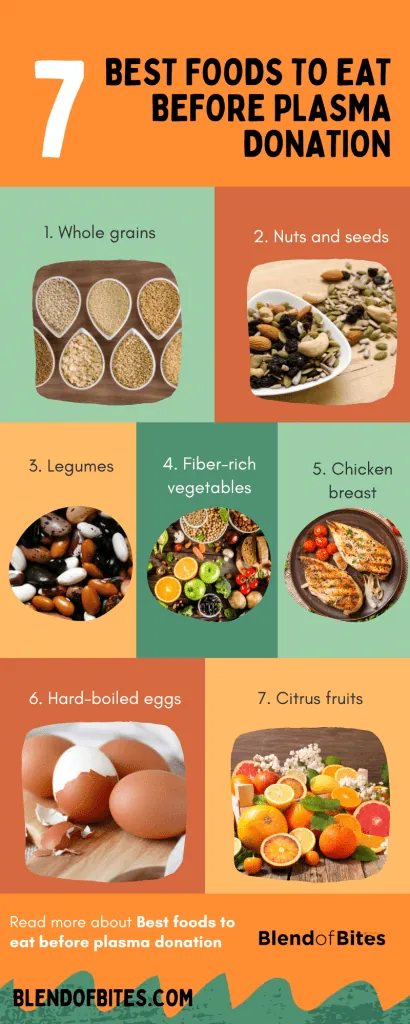
Jump to:
What is blood plasma?
Blood plasma is a liquid component of blood. It is the most significant blood component, accounting for approximately 55% of total blood volume. The primary function of plasma is to transport red blood cells and other blood components throughout the body.
It consists mainly of water (upwards of 90%) and platelets. Platelets are tiny particles in the whole blood that help clot the blood after an injury. When exposed to trauma, these little critters release chemicals called "granules", which stick together to form clumps that prevent further bleeding.
There are three kinds of blood plasma:
- Fresh frozen plasma (FFP) — Donated plasma obtained from paid donors. (Often referred to as altruistic donations)
- Pooled plasma — Collected from multiple anonymous donors who've consented to donation and stored in big pools.
- Cryo-plasma — Harvested from previously frozen plasma at cold temperatures (-18°C to 24°C). Cryo-plasma accounts for roughly 10% of FFP worldwide.
Who can donate blood plasma?
In order to donate blood plasma, you must meet specific requirements. It is crucial to be honest and open with the health supervisors upon answering their questions. Here are some of them:
- You must be at least 18 years old and weigh more than 110 pounds.
- You must be healthy and free of any infections.
- You can't donate blood plasma if you've had a tattoo or piercing in the last 12 months.
What are the side effects of blood plasma donation?
Although there are more than these two side effects of blood plasma donation, iron and calcium deficiency you’ll experience is the source of most. Your body needs both iron and calcium to function properly. During the plasma donation process, your body will lose its stores of these nutrients. If you don't replace them, you could become deficient in either or both.
1. Iron deficiency
Iron is a crucial mineral that transports oxygen throughout the body. It also plays a role in energy production and immune function. Without enough iron, you may experience fatigue, shortness of breath, and other health problems. Iron deficiency leads to:
- Fatigue
- Anemia
- Hair loss
- Poor appetite
2. Calcium deficiency
Calcium is a mineral that is important for the body to have to stay healthy. It is necessary for strong bones and teeth, nerve and muscle function, blood clotting, and hormone production. Calcium deficiency will lead to:
- Osteoporosis
- Rickets
- Tooth decay
What to do before donating blood plasma
Before considering the good foods to eat before plasma donation, there are some best practices you should follow for a smoother, efficient and more comfortable transaction. These are especially important for inexperienced plasma donors. Here are some of them:
1. Drink water regularly
Plasma donation most certainly will lead to dehydration. Dehydration leads to paleness, dry mouth, headache, dizziness, confusion, and lightheadedness. Drinking water before donating plasma helps keep you hydrated and makes the process easier on your body. This will help replace the fluids that were lost and help your body to recover more quickly.
2. Limit alcohol consumption
Avoid alcohol consumption for 12 hours preceding donation, as it increases the chances of having adverse reactions. Some reactions might include nausea, vomiting, diarrhea, headaches, shortness of breath, chest pains, tingling sensations, or numbness in hands or feet.
3. Be aware of other health issues
Those suffering from diabetes, hypertension, liver disease, kidney disorders, obesity, or asthma attacks should consult their doctors before donating blood plasma.
Best foods to eat before plasma donation
Your body will lose a good amount of energy and water, and although there are no significant risks associated with plasma donation, you may still feel fatigue or uncomfortable. To overcome this, you need to adjust your diet accordingly. But what are the best foods to eat before blood plasma donation?
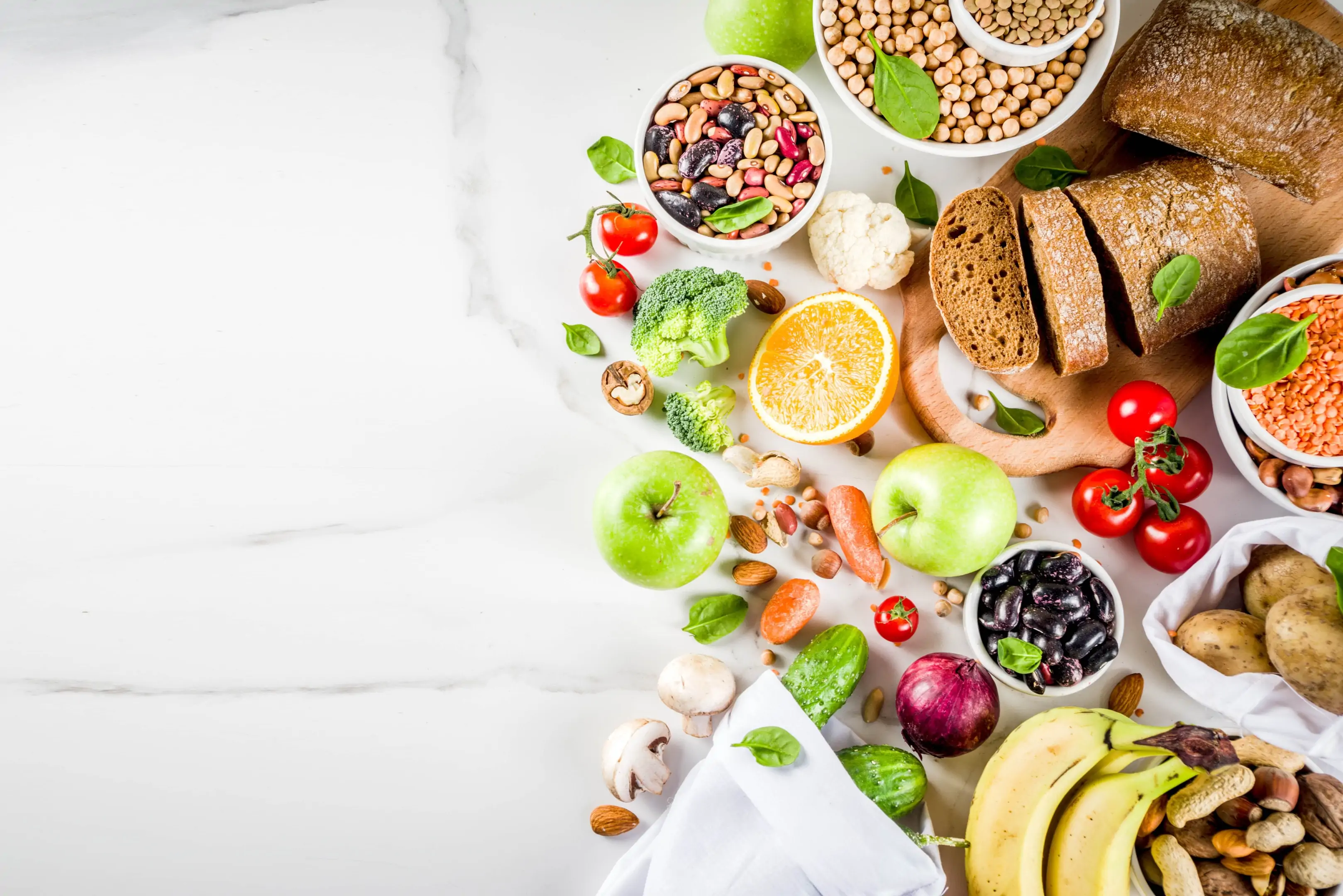
1. Whole grains
Whole grains are a good choice for breakfast or lunch before donating blood plasma. A high-carbohydrate, low-fat meal is best, as you’ll feel increased fatigue after donation. Whole grains are a great source of energy and can help you feel fuller longer. Try oatmeal, barley, and brown rice.
2. Nuts and seeds
Nuts and seeds are good sources of protein. Protein is essential for maintaining your energy levels, especially if you plan on donating plasma. Another reason to eat nuts and seeds before donating plasma is that they contain essential fatty acids. These fatty acids are important for your overall health and can help with a smoother process of plasma donation.
3. Legumes
Legumes are a good source of protein and fiber. Legumes are one of the good foods to eat before donating plasma, as they can help you feel fuller longer and may help you avoid feeling lightheaded or dizzy after giving blood.
4. Fiber-rich vegetables
Broccoli is a good source of vitamin C, which is important for maintaining a healthy immune system since you’ll be at risk after blood plasma donation. Broccoli is also a low-calorie food, so it won’t cause you to feel bloated or uncomfortable after donating plasma.
5. Chicken breast
Chicken is a good source of protein, and our body needs protein to create new blood cells. Giving plasma can deplete the body's protein store, so eating chicken beforehand can help make up for that. Also, chicken contains arginine, an amino acid that helps the body produce nitric oxide. Nitric oxide plays an important role in donating plasma, as it helps keep the veins open and allows for a higher flow of blood.
6. Hard-boiled eggs
Eating eggs helps to increase the level of iron in your blood. Low iron levels are typical in people who donate plasma, so eating eggs can help to combat this. Additionally, eggs are a good source of protein, which is essential for helping the body rebuild red blood cells.
7. Citrus fruits
Citrus fruits are one of the best foods to eat before donating plasma. A good source of vitamin C, citrus fruits combat the fatigue you’ll experience after donating plasma. They can also help prevent nausea, a common side effect of plasma donation.
Conclusion
Plasma is a liquid component of the blood and makes up most of it. You can donate blood plasma if you are above the age of 18, weigh more than 110 pounds, and are free of infections. While it is a noble act, the side effects include iron and calcium deficiency, which leads to further side effects like fatigue, nausea, and vomiting. The best foods to eat before plasma donation should be foods that are rich in iron, calcium, vitamin C, and omega-3 fatty acids. Also, during the days leading up to your blood plasma donation, you should avoid alcohol and caffeine, drink water regularly, and get enough sleep. Following these tips and adjusting your diet will give you a smoother experience.

A writer passionate about wellness, nutrition, and intentional living. She creates engaging, research-based content that empowers readers to live healthier lives. Through every article, she brings clarity, inspiration, and a touch of everyday practicality. Read more about Juliana.

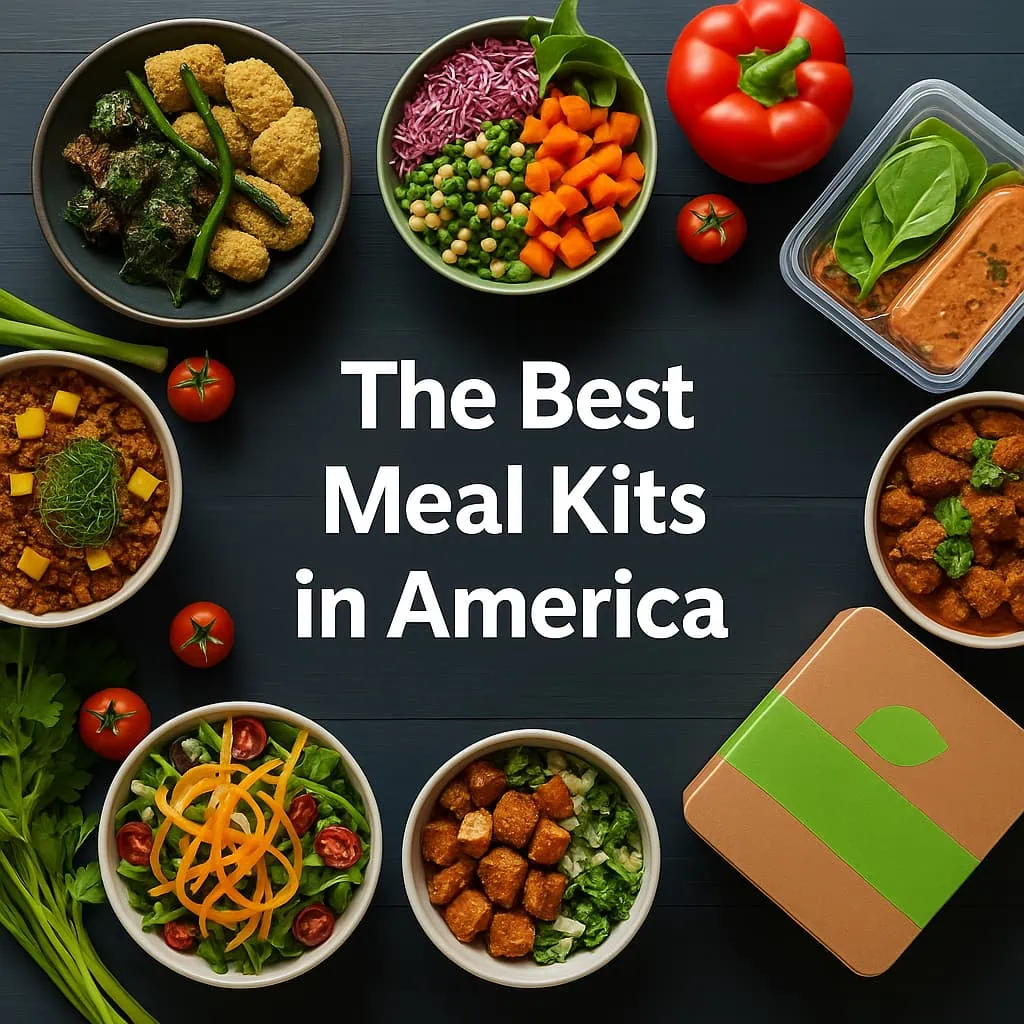
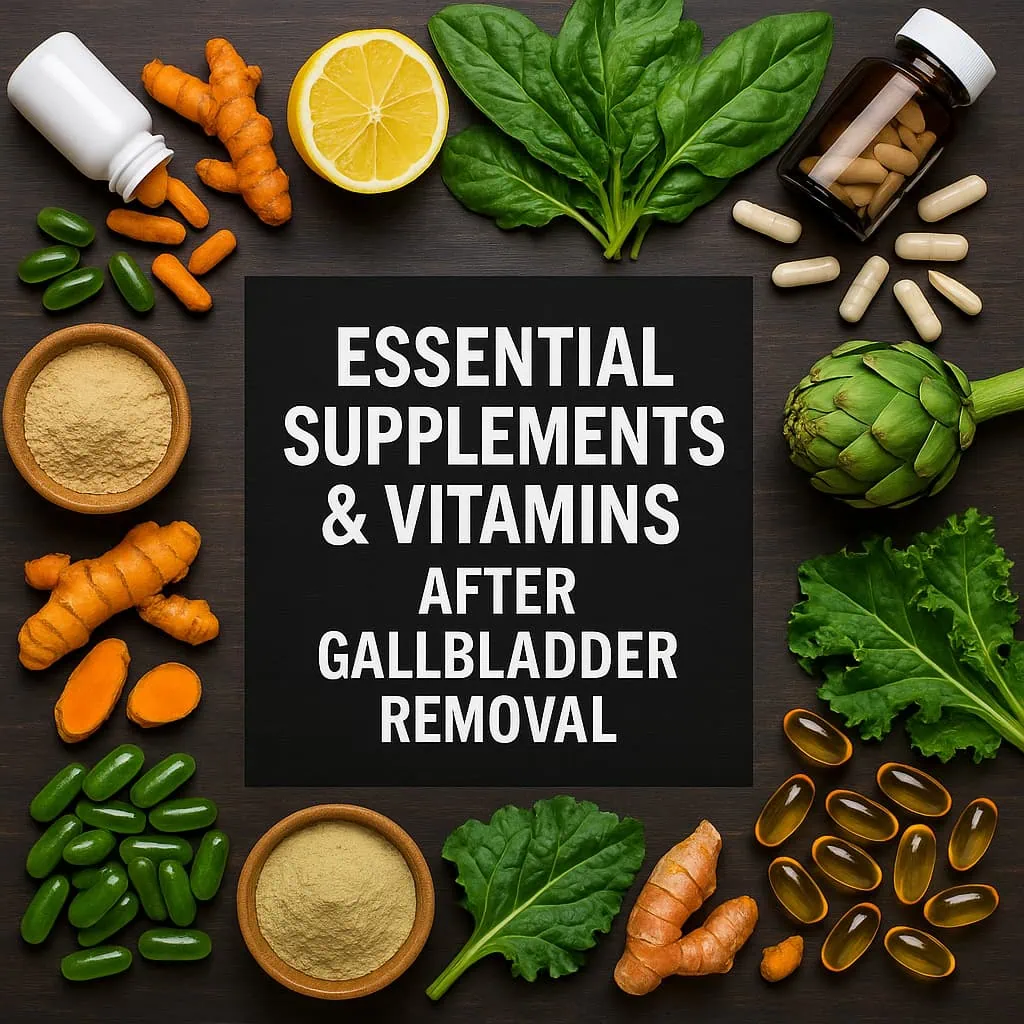
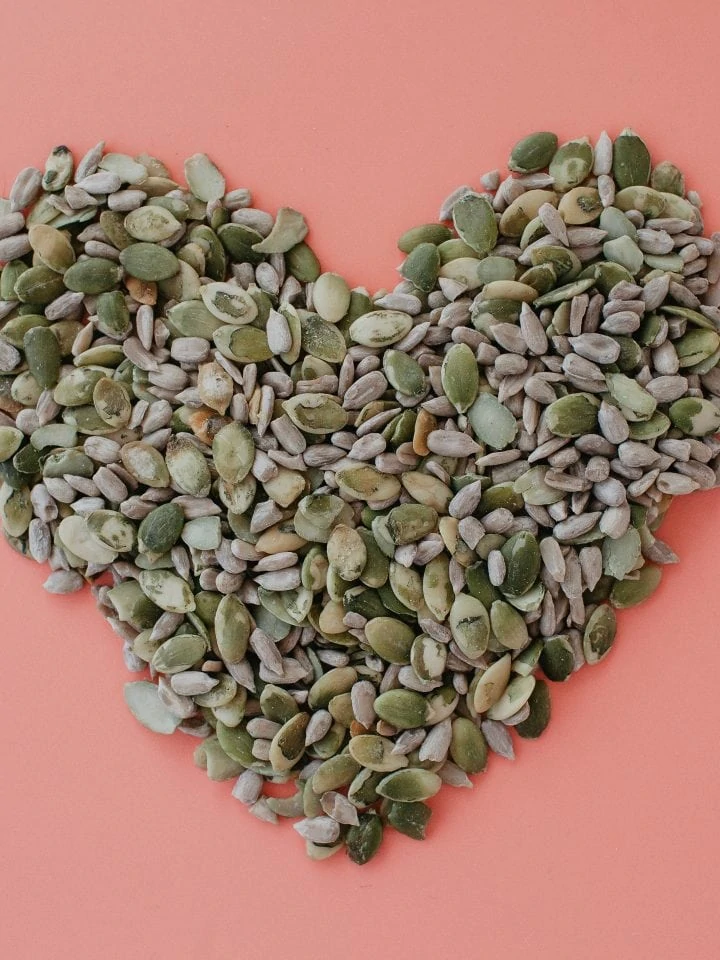
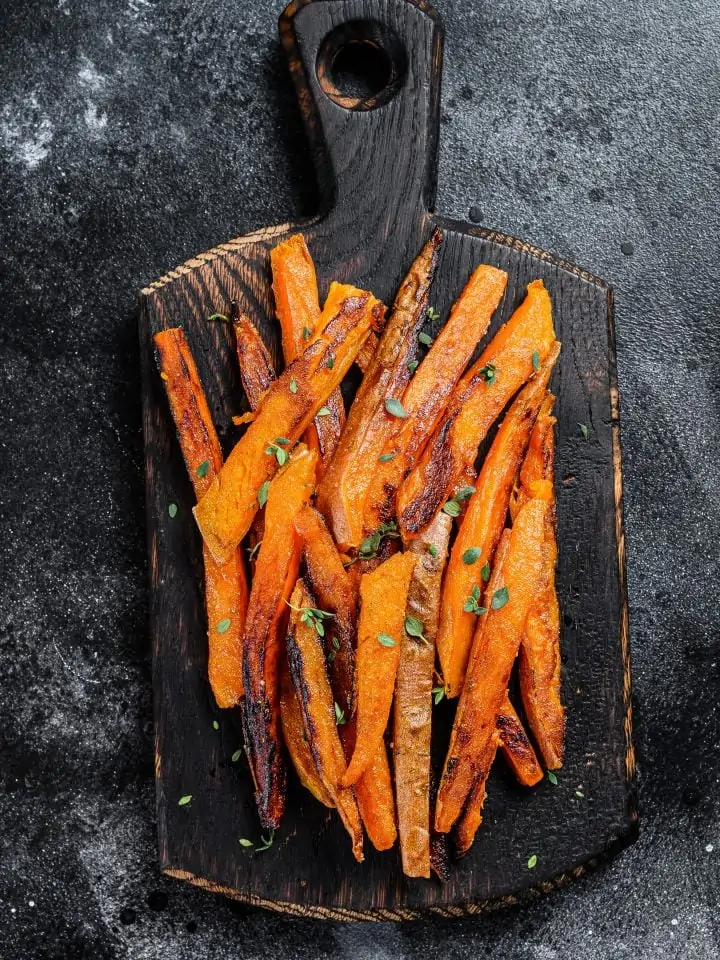
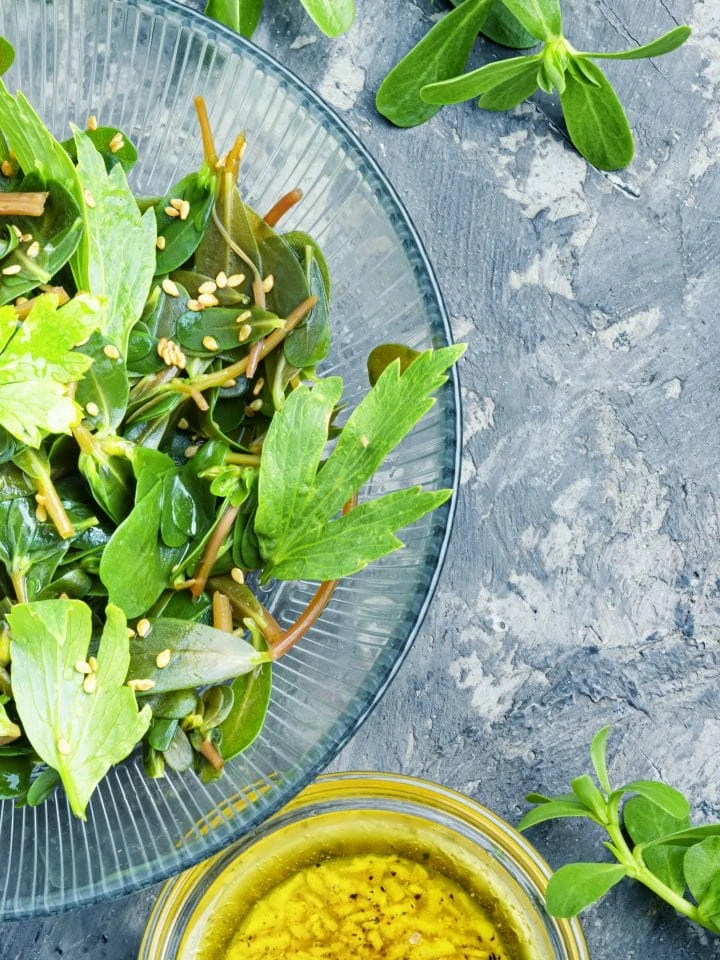
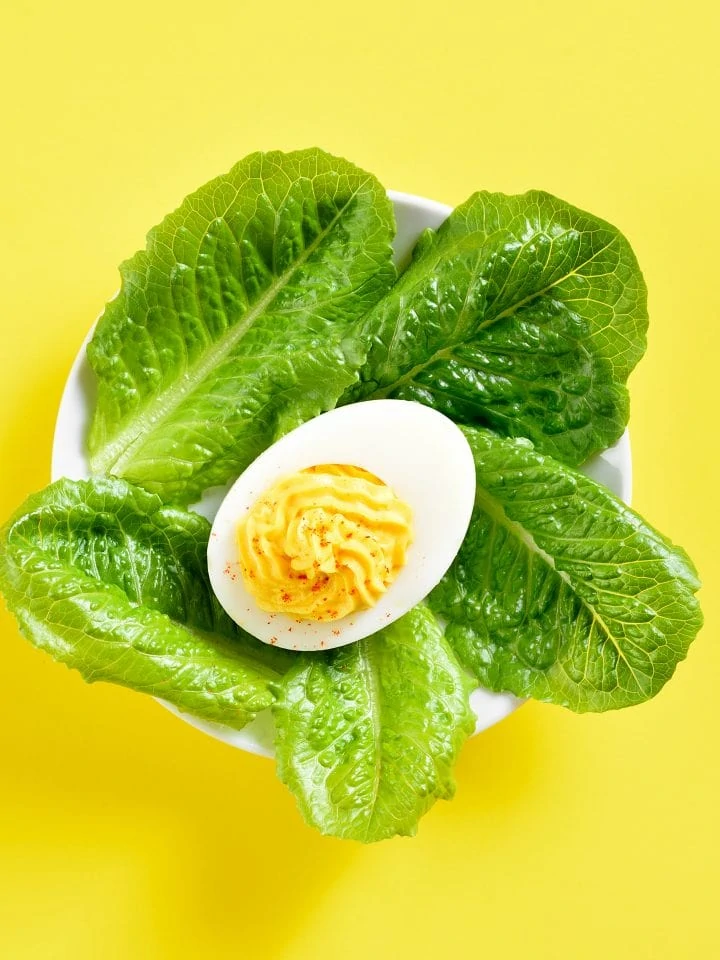
Comments
No Comments